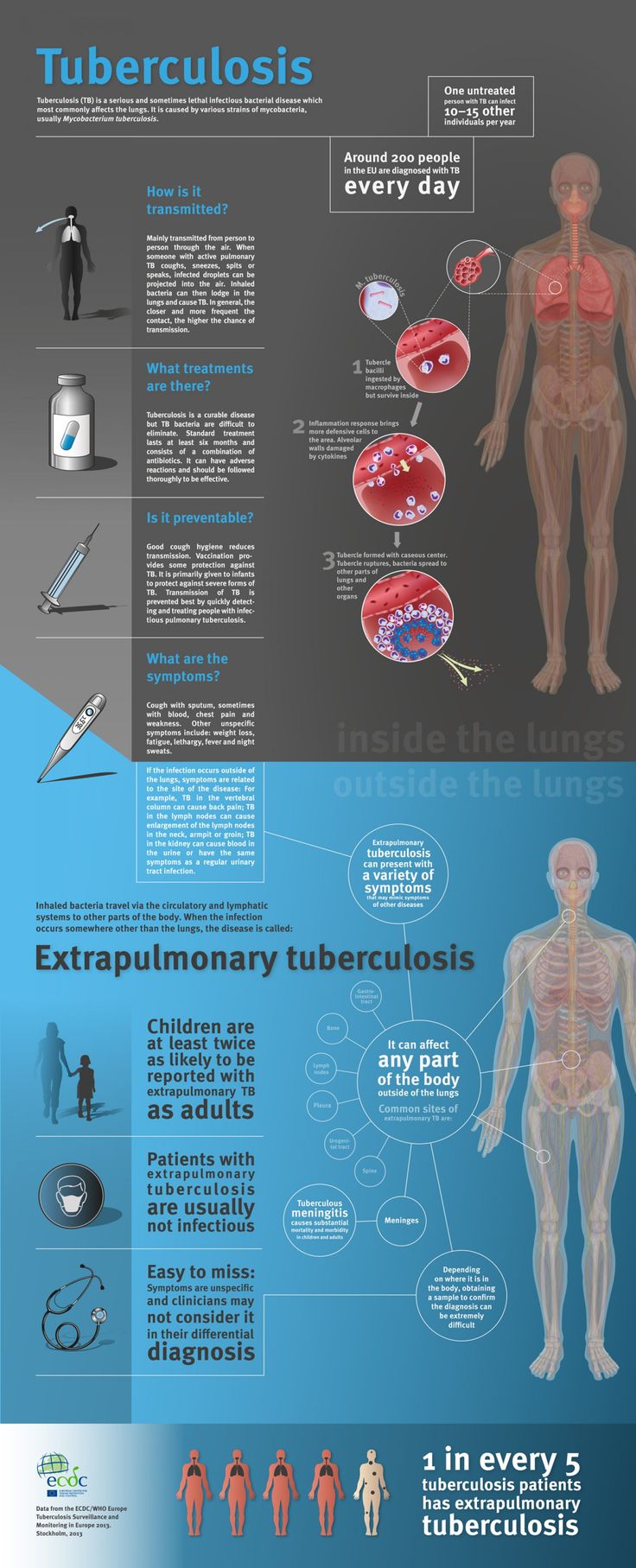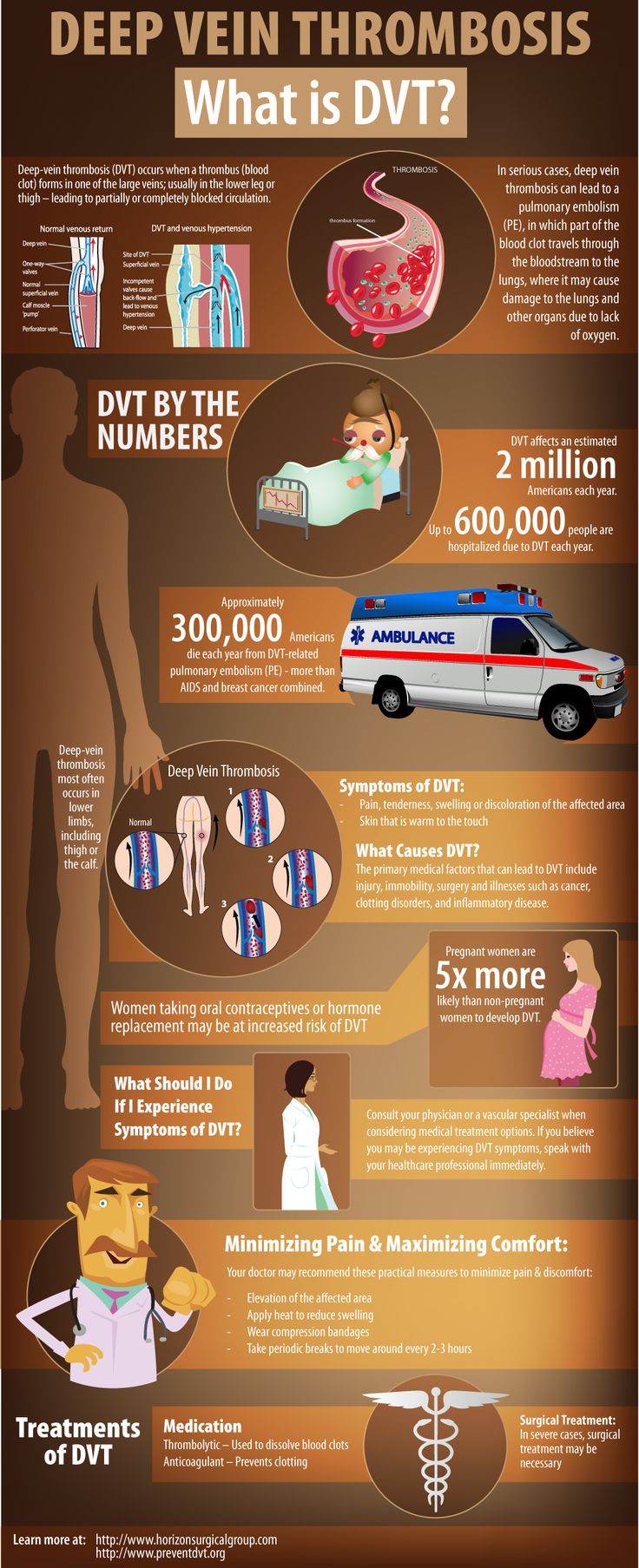We recently did a webinar on how to use our electronic charting system, EHR Tutor, to make a scenario more realistic when working in a basic skills lab. For anyone who is a customer of ours, make sure you check out "Instructor Resources" within EHR Tutor to view the webinar. For everyone else, we're including a quick idea below.
Electronic charting to make a skills lab more realistic
Nov 30, 2015 9:27:00 AM / by user posted in EHR Tutor, nursing education, academic EHR, EHR, electronic health records, health science education, simulation, teaching idea
Free webinar: When you don't have a simulation lab: How to use an EHR system with a basic skills lab
Join our Webinar - When you don't have a simulation lab: How to use an EHR system with a basic skills lab
Wednesday, November 18 at 3:30 PM EST
We'll be hosting an exhibitor booth at OADN's 2015 conference in Jacksonville, FL this weekend from Nov. 13th-15th. Make sure to stop by to enter our drawing for a free year and learn more about our product.
Heart Disease 101: in pictures
Nov 3, 2015 12:36:00 PM / by user posted in nursing education, free resources, health science education, infographic
Along with some of our past posts including infographics on different diseases, we found this great image from University of Florida.
Infographic: Tuberculosis
Oct 27, 2015 12:34:00 PM / by user posted in nursing education, free resources, health science education, infographic
Here's another post in our series of infographics that gives the rundown on a nasty disease: Tuberculosis. This particular visual aid gives some basic information on the transmission and symptoms of the disease. This is great for anyone learning about different diseases or parents looking for more information before a TB shot.
We'll be hosting a booth at the AACN Fall Semi-annual conference this Sunday, Oct. 25th in Washington DC. During the conference, we'll have barcode scanners available at our booth to test out our barcode scanning functionality and will be giving away a free year of EHR Tutor to one winner after the show. Make sure to stop by and meet our representatives!
Visual Learning: DVT
Oct 20, 2015 12:28:00 PM / by user posted in nursing education, free resources, health science education, infographic
We've been stumbling across quite a few useful infographics lately, so we thought we'd keep up the trend. After finding some images related to specific diseases, we realized these might be useful for those of you who are visual learners. While you may have already listened to a lecture on these diseases, we thought this series of infographics might help solidify the information. These are also great for instructors who would like to provide more resources for students who need visual instruction.
Free webinar: Using an Academic EHR During and After Clinical Rotations
Oct 15, 2015 12:09:00 PM / by user posted in webinar, clinical rotations
Join our webinar: Using an Academic EHR During and After Clinical Rotations
Wednesday, October 21 at 3:30 PM EDT
Registration link: http://ehrtutor.enterthemeeting.com/m/UJHAKK73
Teaching idea for Advanced Practice Students
Oct 14, 2015 12:27:00 PM / by user posted in Nurse Practitioner, nursing education, physician's assistant, health science education, teaching idea
Now that we have our Provider module for Advanced Practice and Physician's Assistant students, we'd love to get the gears moving when it comes to teaching ideas. If your school has either one of these programs, email us to set up a demo and explore how our product could work for your school.
Demographics of Disease and How it Can Effect Your Clinical Experience
Oct 13, 2015 10:35:00 AM / by user posted in nursing education, free resources, infographic, simulation, teaching idea
We found this fascinating infographic from University of Florida outlining the demographics of different diseases in the US. Examining this from a Nurse Education standpoint, we think it's fascinating how different regions may provide extremely different clinical experiences for students. For example, students in North Carolina, South Carolina and Georgia will probably work with more Heart Disease and Stroke patients than their northern counterparts. On the other hand, a student working in California facilities is more likely to encounter HIV/AIDS patients.




